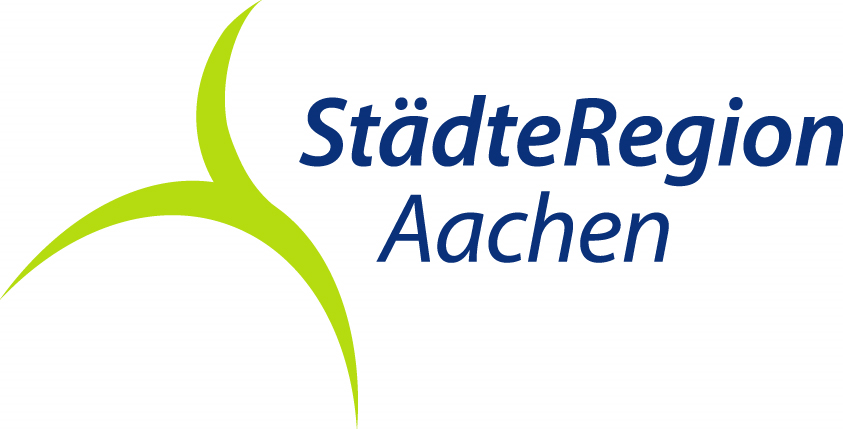Eupen Rundherum
The approximately 18-kilometre tour begins on the market square in Eupen. We start our tour surrounded by magnificent mansions and merchants' houses. Passing Eupen town hall and the monastery church, the route first leads out of town along the "Promenade" hiking trail to the tranquil village of Kettenis. For those interested in history, it may be worth making a detour to Libermé Castle, Tal Castle or the moated castle of Groß Weims. After leaving Kettenis behind us and passing the old railroad line, the landscape changes and the trail leads us into the foothills of the Hertogenwald forest to a small pond. If you want to take a shortcut, follow the path along the Diepbach at this point (the tour is shortened by 3 kilometers). However, we keep to the left and finally reach the Weser dam with its visitor center, which invites you to take your first break. Situated on a hill directly on the banks of the reservoir, the Weser Dam Visitor Center offers a wonderful view of the Eupen reservoir and is an ideal excursion destination for families with children as well as for adventurers or anyone who simply wants to relax.
A path leads us to the actual dam and a short time later we reach the water treatment plant. From here, the path follows the lively flowing Weser down the valley through the forest. After approx. 3 kilometers, we reach the point where the Diepenbach flows into the Weser and where the short and long tours meet again. The path leads us back to Eupen as far as the Josefskirche, a neo-Gothic Catholic parish church and one of Eupen's most important historicist monuments. The church was built between 1855 and 1869 according to the plans of Cologne cathedral architect Statz and was extensively restored between 1996 and 2010.
A short time later, we reach the so-called Moorenhöhe and enjoy one of the most beautiful views of the lower town. The complex was built at the end of the 19th century and is named after Theodor Mooren, mayor of the town of Eupen from 1881-1905. Mooren has gone down in Eupen's history above all for his efforts to beautify the cityscape; his motto: "Plant a tree in every empty space!"
The path continues to the Bergkapelle, also known as the "Johannes-Baptist-Kapelle", built in 1712. Until the completion of St. Joseph's Church (1869), the Bergkapelle was the only place of worship for the lower town. The history of the former nurses' home on the route, which was part of the former orphanage and old people's home, also dates back to the 18th century.
We walk downhill along an idyllic meadow path to the town moat and slowly approach the end of our tour. The view to the right of St. Nicholas Church is beautiful and on the other bank of the stream you can see the old abattoir, which has been converted into a cultural site. Shortly before reaching the starting point, we pass the imposing St. Nicholas parish church with its baroque and rococo interior, before ending the day in the historic ambience of the old town in one of the cozy cafés.
We wish you lots of fun!














